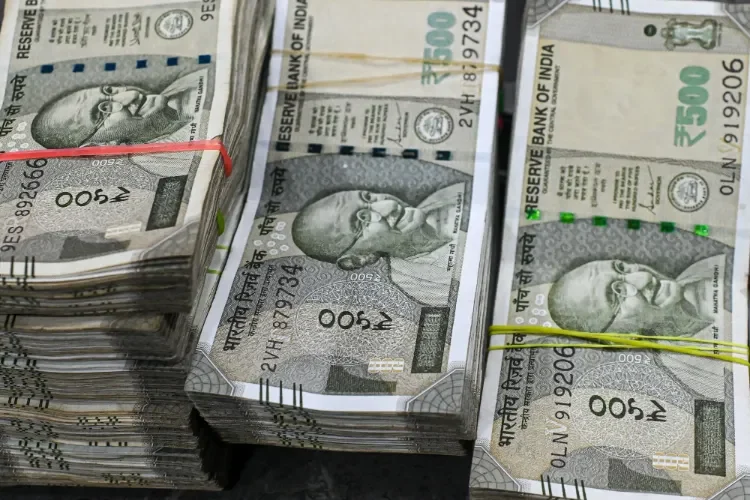Market Performance
Following the RBI's policy announcement, Indian financial markets showed mixed reactions on August 6.
The benchmark 10-year bond yield increased by 4 basis points to 6.3701%. Market traders remained divided on future interest rate directions as the policy statement lacked clear dovish signals.
The Indian rupee remained stable at 87.7350 against the dollar. Both BSE Sensex and Nifty50 declined approximately 0.2% each after the announcement.
Main News
India's central bank monetary policy committee reached a unanimous decision on August 6 to maintain the repo rate at 5.5%. This decision came as the central bank continues monitoring US President Donald Trump's fresh tariff threats against Indian exports.
The rate-setting panel also maintained a 'neutral' policy stance unanimously. RBI Governor Sanjay Malhotra emphasized that current macroeconomic conditions call for continuation of the existing repo rate.
The decision aligns with economists' expectations who had projected status quo on interest rates. The RBI keeps repo rate unchanged strategy reflects cautious approach amid global uncertainties.
Policy Details and Economic Projections
GDP Growth Forecast
- RBI maintained GDP growth projection at 6.5% for FY26
- Domestic growth is "holding up" according to central bank assessment
- Some high-frequency indicators showed mixed signals in May and June
Inflation Outlook
- CPI inflation revised downwards to 3.1% for the fiscal
- Previously projected at 3.7%
- Average CPI inflation expected to remain below target due to lower food inflation
- Inflation likely to edge above 4% target from Q4 onwards
Key Monetary Measures
- Cash reserve ratio reduction announced in June to support liquidity
- Central bank promises flexible liquidity management
- Internal working group set up to review liquidity management framework
Trump Tariff Impact Assessment
The RBI keeps repo rate unchanged decision comes amid Trump's announcement of 25% tariff plus penalty on Indian exports. The US President warned of "substantial increase" in duties on Indian goods.
Trump cited India's purchase of Russian oil and military equipment as funding Russia's war efforts in Ukraine. This tariff rate is notably higher than many Asian rivals face.
Government officials remain actively engaged in negotiations with US counterparts for a potential trade deal. The central bank chose to "keep powder dry" while assessing the developing situation.
Economic Impact Analysis
Potential Growth Effects
- 25% tariff rate could impact India's growth by up to 30 basis points
- Higher duties threaten to derail New Delhi's growth projections
- Uncertainty over tariffs continues evolving, requiring careful monitoring
Recent Policy Changes
- Previous bi-monthly meeting in June saw surprise 50 basis points cut
- Total rate reduction of 100 basis points since February
- June inflation dropped to 2.1%, below target for five consecutive months
Central Bank's Strategic Approach
Governor Malhotra highlighted India's "bright prospects" over the medium term. The economy draws strength from robust fundamentals and comfortable buffers amid changing world order.
The RBI keeps repo rate unchanged approach allows time for transmission of front-loaded rate cuts to credit markets. Coordinated policy tools help accelerate monetary policy transmission in the current easing cycle.
The central bank commits to maintaining sufficient banking system liquidity. This ensures productive economic requirements are met while keeping transmission to money and credit markets smooth.
Summary
The RBI keeps repo rate unchanged at 5.5% reflects cautious monetary policy amid global uncertainties. The unanimous decision by the monetary policy committee demonstrates unified approach to current economic challenges.
With inflation outlook becoming more benign than expected, the central bank revised CPI projection downward to 3.1%. However, concerns over Trump's tariff threats necessitate careful monitoring of evolving trade dynamics.
The policy stance remains neutral as India navigates between supporting domestic growth and managing external economic pressures. Future rate decisions will depend on tariff negotiations and their impact on economic fundamentals.




 Easy & quick
Easy & quick
Leave A Comment?